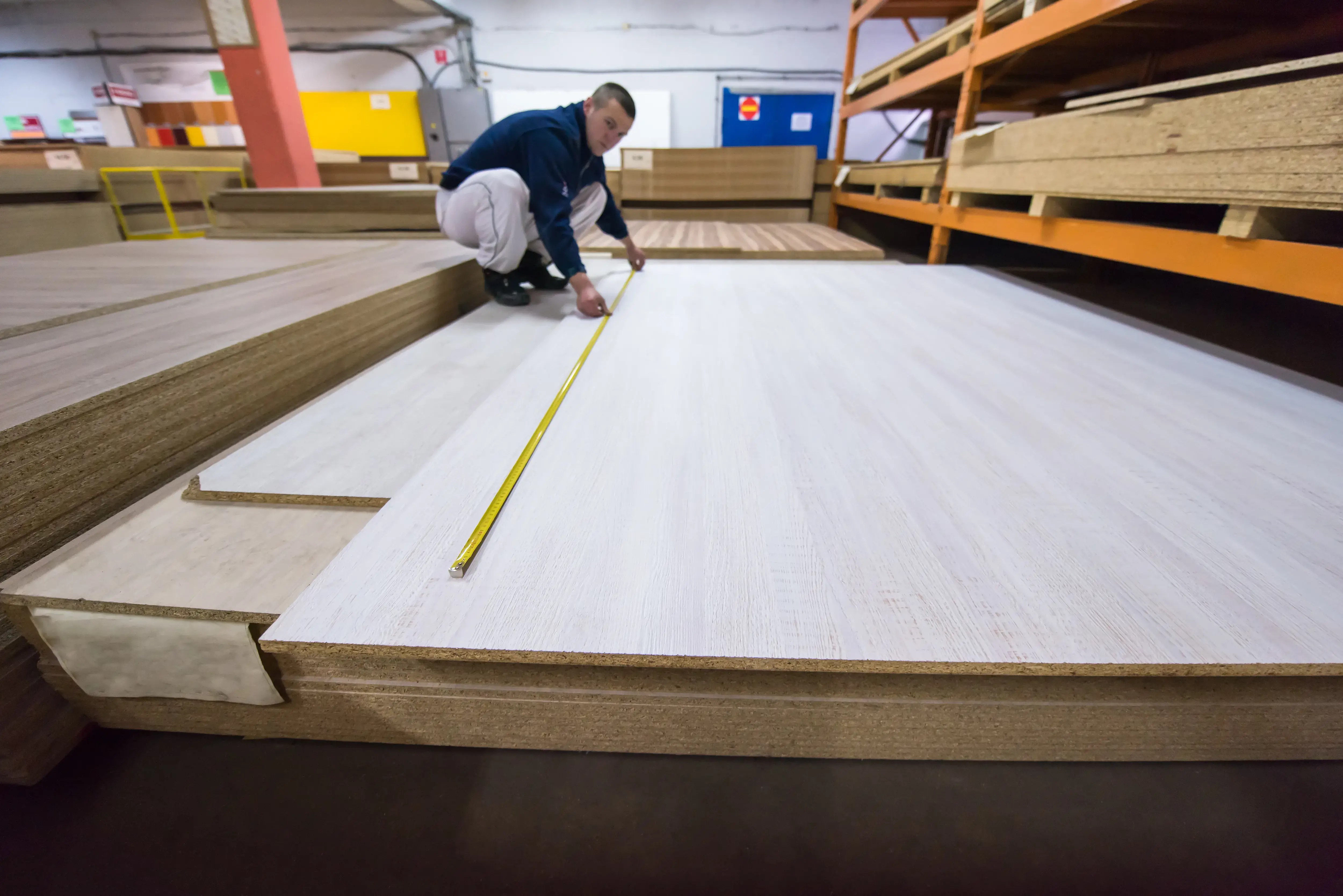In the world of construction and furniture manufacturing, MDF (Medium Density Fiberboard) and melamine are two materials that often find themselves in the spotlight. While they may seem similar at first glance, each material offers unique characteristics and advantages that cater to different needs and preferences. Let’s delve deeper into the world of MDF and melamine to understand their properties, applications, and benefits.

MDF: The Versatile Workhorse
MDF is a versatile and widely used material known for its strength, affordability, and uniformity. It is manufactured from wood fibers, wax, and resin, which are compressed and heated to form a dense, uniform panel. Unlike solid wood, MDF contains no wood grain, resulting in a smooth and consistent surface throughout. This makes it an ideal substrate material for a variety of interior applications, including cabinets, bookshelves, furniture, and moldings.
Despite its versatility, MDF does have its limitations. While it is more durable than standard particleboard, it can still be prone to moisture damage if exposed to excessive moisture. This can cause the material to swell or warp over time, compromising its structural integrity. However, when properly sealed and maintained, MDF can provide reliable performance and longevity in interior applications.
Melamine: The Durable Finisher
Melamine is a protective coating applied to wood fiber substrates, such as particleboard or MDF, to enhance durability and aesthetics. It consists of a layer of melamine resin-infused paper that is thermally fused to the core material, creating a hard and scratch-resistant surface with various decorative finishes. Unlike MDF, melamine boards come pre-finished with a decorative pattern or solid color, eliminating the need for additional painting or veneering.
One of the key advantages of melamine is its durability. The hard surface resists scratches, stains, and moisture, making it an excellent choice for high-traffic areas and applications where low maintenance is desired. Melamine boards are commonly used in kitchen cabinets, closet systems, wall panels, and office furniture, where a decorative and long-lasting finish is essential.
Choosing the Right Material
When deciding between MDF and melamine for your project, it’s essential to consider your specific needs, preferences, and budget. MDF offers versatility and affordability, making it suitable for a wide range of interior applications. However, if you require a durable and low-maintenance finish with a decorative appearance, melamine may be the better choice.
Ultimately, both MDF and melamine have their place in the world of construction and furniture manufacturing. By understanding their properties and applications, you can make an informed decision that meets your requirements and ensures the success of your project. Whether you’re building cabinets, bookshelves, or office furniture, MDF and melamine are two essential materials that offer reliability, durability, and aesthetic appeal.
